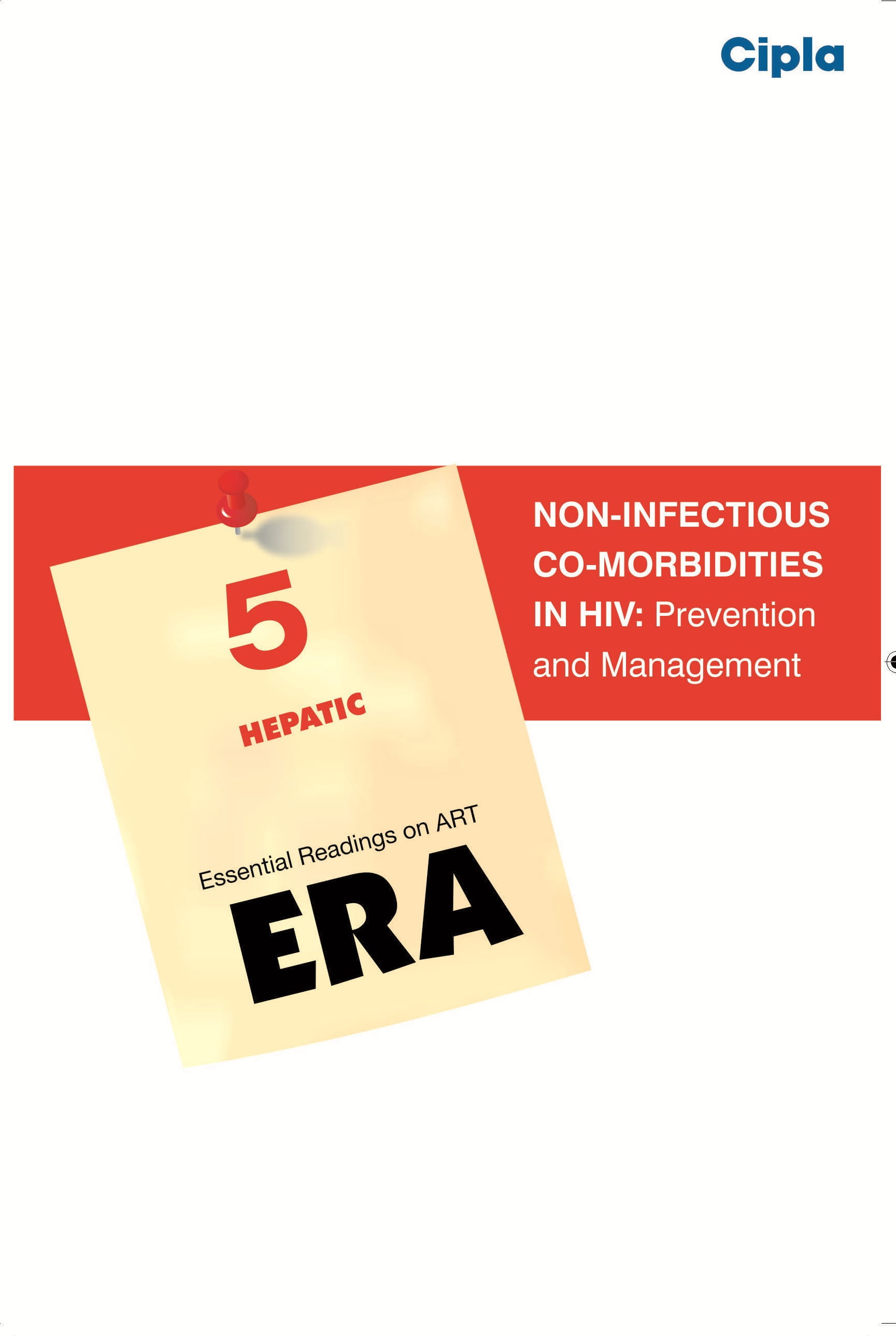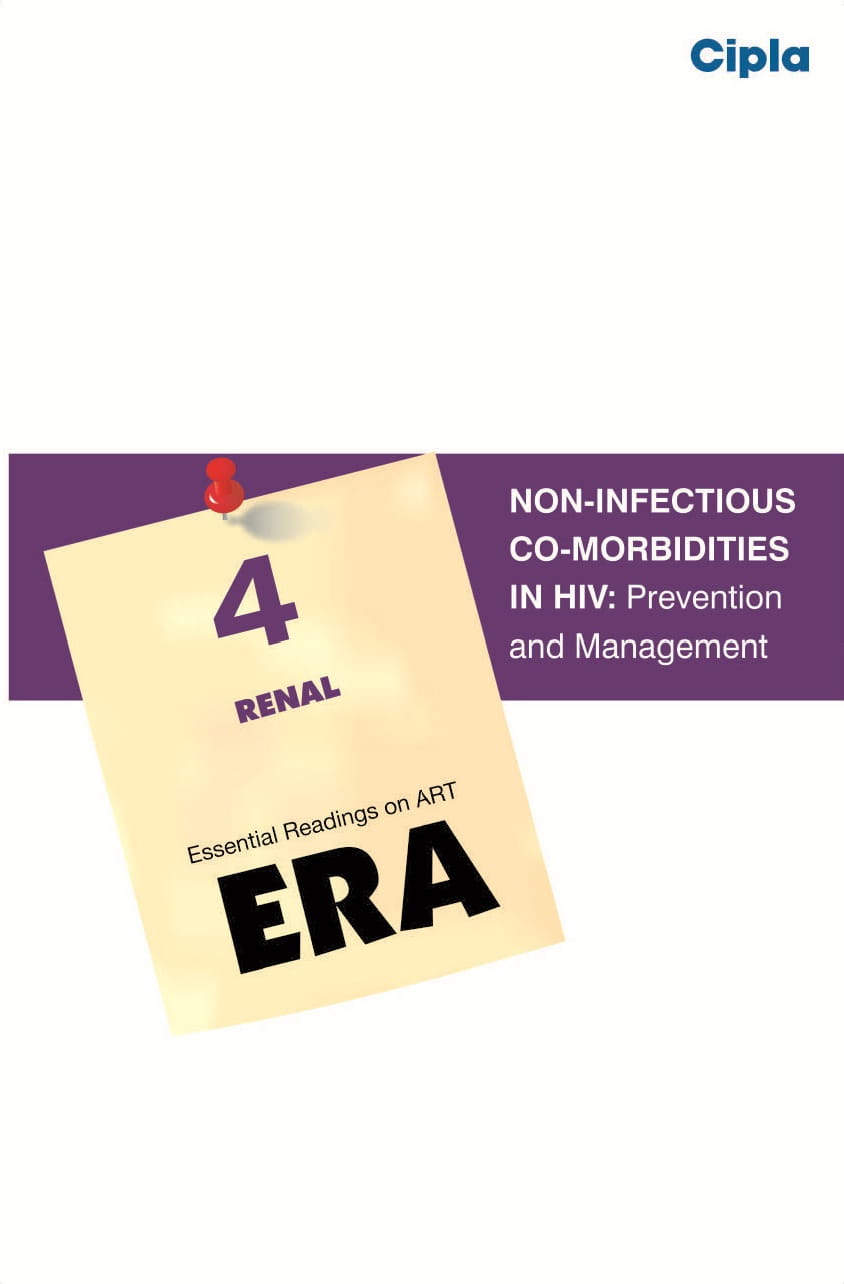AIDS 2024: Risk of Major Cardiovascular Events with Dolutegravir versus Efavirenz-Based Antiretroviral Therapy Retrospective Cohort Analyses Using Routine, De-Identified Data from South Africa
Speaker: Yanxi Dawod
The session commenced with an analysis of whether dolutegravir increased the risk of Major adverse cardiovascular events (MACE) among people living with Human Immunodeficiency Virus (HIV) in South Africa. The study found no evidence of an increased risk of MACE in the short to medium term among those who initiated dolutegravir compared to those initiating efavirenz-based Antiretroviral Therapy (ART). This finding was significant because there had been concerns about the association between dolutegravir use and MACE, particularly given the limited data from low and middle-income countries.
Dolutegravir has largely replaced efavirenz as the preferred first-line HIV treatment globally. Despite its advantages, concerns have emerged about increased weight gain, diabetes, and hypertension with dolutegravir. The International Cohort Consortium of Infectious Disease (RESPOND) study analyzed data from European and Australian cohorts and found that integrase inhibitors like dolutegravir might elevate the risk of major adverse cardiovascular events (MACE), especially within the first two years. This study sought to fill gaps in evidence regarding these risks from low- and middle-income countries. The researchers utilized data from Discovery Health, a South African-managed healthcare organization comprising private-sector outpatient and inpatient claims for prescriptions, laboratory investigations and results, hospitalizations, and diagnostic codes. They conducted a retrospective cohort study among HIV-positive individuals aged 18 years or older who initiated treatment with Tenofovir disoproxil fumarate, lamivudine and dolutegravir (TLD), emtricitabine and Efavirenz, or TLD, lamivudine and dolutegravir between April 2020 and December 2022. Participants without cardiovascular disease at baseline were included in the cohort.
The researchers conducted emulated target trials using two types of statistical models. Initially, they employed a multivariable Cox proportional hazards model to perform intention-to-treat and per-protocol analyses, censoring participants who changed regimens during follow-up. Individuals initiated on Tenofovir disoproxil fumarate, emtricitabine, and efavirenz (TEE) were likely to be transitioned to dolutegravir during the follow-up period. Researchers used pooled logistic regression with inverse probability weights and bootstrapped confidence intervals. The strength of this method lay in the inclusion of inverse probability of censoring weights, which helped account for potential bias arising from selective censoring.
At baseline, the study included 5,000 participants: nearly 2,900 on TEE and 2,200 on TLD. The median age was 37. The TEE group had more women. Cardiovascular risk factors were slightly higher in the TLD group. Statin use was minimal. The study examined MACE over 6,758 person-years, reporting 27 events: 12 strokes, 11 unstable angina cases, 6 coronary revascularizations, and 3 myocardial infarctions. The TLD group had 7 events (median follow-up 221 days), and the TEE group had 20 events (median follow-up 82 days). Event rates were 2.37 per thousand person-years for TLD, 4.45 for TEE. Adjusted analyses showed no increased MACE risk with dolutegravir. Hazard ratio: 0.48, confidence interval crossed one. Pooled logistic regression showed a standardized two-year risk ratio of 0.46. The two-year risk difference was 0.4%, with the confidence interval crossing zero, indicating no significant difference.
The study was one of the first to evaluate MACE associated with dolutegravir compared to efavirenz in a low and middle-income country setting. It used claims data to examine antiretroviral therapy (ART) prescriptions and outcomes in South Africa, but did not include unrecorded public sector treatments, limiting applicability. Unmeasured confounding related to weight was a concern, potentially underestimating MACE risk in the dolutegravir group. Despite this, cardiovascular risk factors were slightly higher in the dolutegravir group. In conclusion, the study found no increased MACE risk with dolutegravir in the short to medium term. The cohort was young, with low MACE rates. Similar analyses in a larger, older cohort transitioning from TEE to TLD were finalized.
The primary reason for initiating abacavir in South Africa was renal impairment, which was not included in the adjusted analysis, highlighting its importance. The Reprieve trial required an estimated glomerular filtration rate (GFR) above 60, indicating a relatively healthy population and not covering a broad spectrum of kidney disease, limiting generalizability. Many HIV patients smoke, significantly impacting cardiovascular risk; hence, the analysis adjusted for this factor. Additionally, dolutegravir might affect blood pressure, primarily driven by weight gain observed in the trial, with no other plausible mechanisms identified. Thus, weight gain seemed to explain the changes in blood pressure.
Individuals accessing private healthcare are typically of higher socioeconomic status. This group tends to have increased weight and a higher risk of non-communicable diseases in South Africa. Although the rate of MACE was not very high in the study cohort, it was likely elevated compared to a similar age group in the general population. But this difference would not impact the effectiveness of Dolutegravir. The Department of Health and Human Services (DHHS) and European guidelines might need to reassess their stance on abacavir as a first-line treatment option, particularly given the availability of other alternatives in high-income countries. Controlling HIV replication is crucial, and when possible, avoiding abacavir could be beneficial. The prevailing evidence indicated that stopping abacavir was still advisable and that addressing modifiable cardiovascular risk factors was important. The use of statins was recommended for individuals above 40.
The 25th International AIDS conference (AIDS 2024). 22nd -26th July, Munich, Germany




